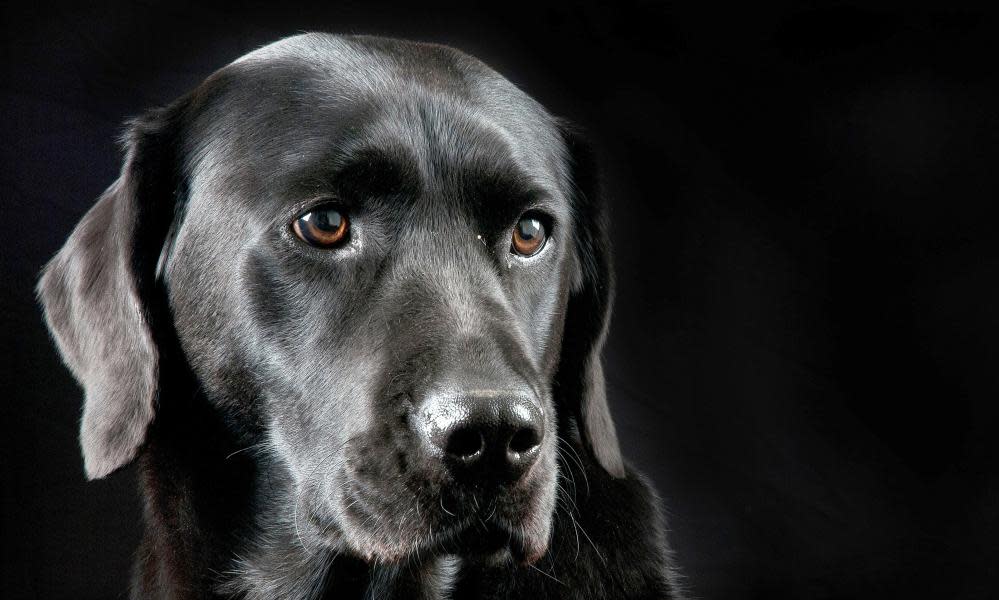Dogs’ brains ‘not hardwired’ to respond to human faces

Dog owners might love their pet’s endearing puppy dog eyes and cute furry features, but it turns out the doggy brain is just as excited by the back of our heads as the front.
For despite having evolved facial expressions that tug on the heartstrings of owners, researchers have found that unlike humans, dogs do not have brain regions that respond specifically to faces.
“It’s amazing dogs do so well when it comes to reading emotions and identify from faces, despite the fact that they seem not to have a brain designed for having a focus on [them],” said Dr Attila Andics, co-author of the study from Eötvös Loránd University, Hungary.
Writing in the Journal of Neuroscience, Andics and colleagues report how they scanned the brains of 20 family dogs, including labradors and border collies, and 30 humans with each shown six sequences of 48 videos of either the front or the back of a human or dog head.
The team found particular regions of the dog’s brain showed differing activity depending on the species shown, with a greater response to dog videos. However, there was no difference in any region when dogs were shown a human or dog face compared with the back of its head.
By contrast, regions of the human brain showed different activity depending whether a face or the back of a head was shown, with faces generally generating a stronger response.
A small subset of these regions also showed a difference between species, in general showing a stronger response to humans.
Andics said the further analysis showed the dog brain was primarily focused on whether the animal was looking at a dog or a human, whereas the human brain was mainly focused on whether there was a face.
While previous work has suggested that dogs have separate areas of the brain for processing human and dog faces, Andics said the new results suggest these studies might be picking up on responses to other differences in the images, such as the breed of dog.
Andics said the new results suggested dogs did not rely strongly on faces when it comes to communication – but that did not mean dogs completely ignored them. Rather, he said, dog brains were not designed to specifically focus on faces, something that might be linked to the animals taking in many body cues.
Prof Sophie Scott, director of the Institute for Cognitive Neuroscience at University College London, said it was known that different networks in the human brain processes different aspects of information in faces. But the study suggests the canine brain works differently.
“The dog face system just goes ‘it’s a dog or a human’ and it doesn’t really care about the faces,” she said, noting the findings contrast to research showing both dogs and humans have particular brain regions involved in processing voices.
The results, Scott added, suggests dogs may be rely less on faces than other information. “One of the main ways dogs know who their friends are and how they are doing is their smell,” she said.
But Dr Daniel Dilks, an expert in the human visual cortex from Emory University, said the study did not conclusively prove there was no face-specific brain region in dogs. “The finding of a [brain] region in dogs [that only responds to images of dogs] is intriguing, but only 50% of the dogs tested showed such a region,” he added. “It will be important to understand why half of the dogs exhibit such a cortex, while the other half does not.”


